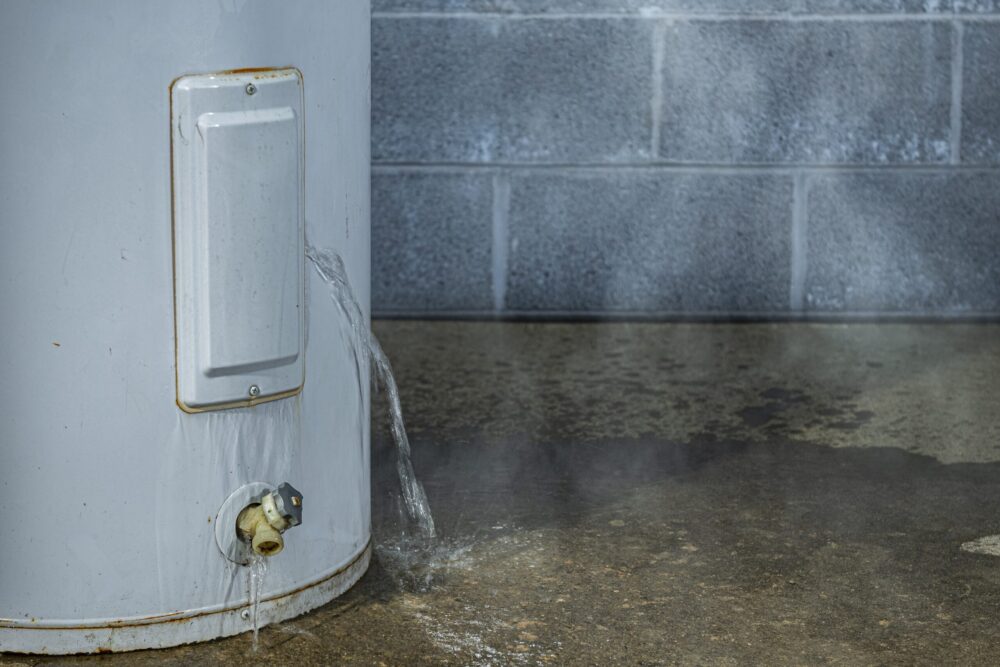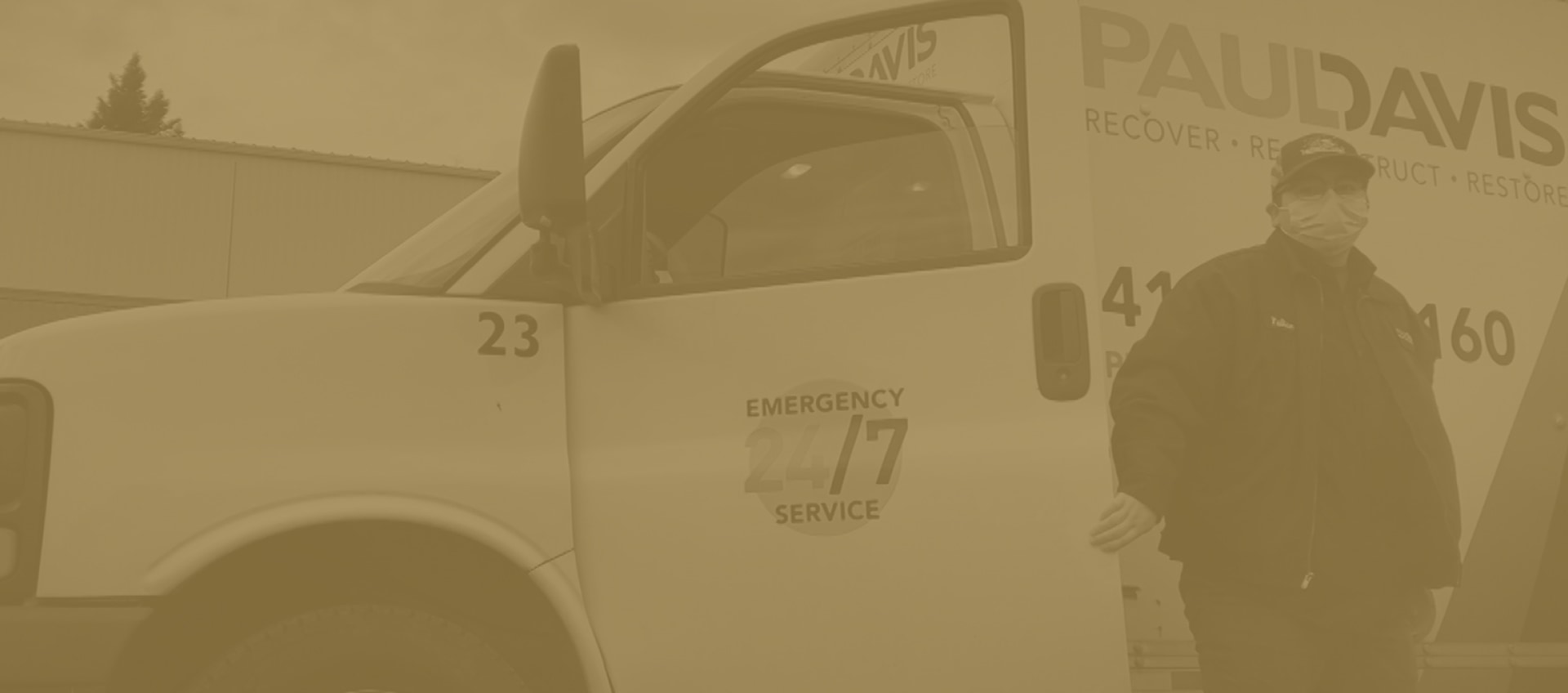In the wild, mold and fungus deteriorates dead plant and animal matter and enriches the surrounding soil, but it can cause serious health trouble when it starts growing in your house. Thankfully, most kinds of mold are generally easy to ignore, but sometimes a small spot can grow to bigger proportions. When mold procreates, it frees particles into the air which can cause illness when inhaled by those with mold allergies or respiratory issues. According to a few studies, there is a link between an early exposure to mold and the development of asthma in some younger children.
Common mold or mildew is nontoxic for many people, but can be harmful for those with pulmonary problems. These allergies are common for a lot of people and flair up on different occasions based on the amount of mold. Sneezing, coughing, runny nose, red eyes, wheezing, headaches and similar flu-like reactions are most often associated with mold and mildew allergies, making it difficult to target the problem accurately. The most severe reactions include difficulty breathing. Those with asthma must be especially cautious around high concentrations of mold because it may trigger asthma attacks. Additional groups at risk include:
- Babies and kids
- Seniors
- Those with a weak immune system
- Anyone with chronic lung disease
Where Mold can be Found
Mildew and mold does build up over time in damp places. Your home can get a mold infestation through doors left open, windows, vents and HVAC systems. Mold doesn’t only invade a home through open windows and doors. It can also latch onto your clothes, purses, pets and shoes and be brought your home.
The growth of mold will affect the physical well-being of your family, your possessions and the building itself. Mold growth commonly occurs in wet places, but it can be found in places you may not think to look. These include:
- Paper products
- Ceiling tiles
- Cardboard
- Wood products
- Paints
- Insulation
- Drywall
- Upholstery
How Can I Prevent Mold in your House?
When it comes to stopping mold from getting into your home, there are preventative steps you can take. We suggest the following:
- Install ventilation for bathrooms, laundry rooms and kitchen
- Monitor the humidity levels
- If there’s a flood, clean and dry your house carefully
- Repair leaky roofs, windows and pipes right away
- Talk to your local mold damage repair contractors for affordable mold removal
Call Paul Davis Today for Mold Remediation Services
If you have mold present in your home that’s too much to take care of alone, contact the mold remediation experts at Paul Davis. Call Paul! 225-408-0390 for affordable mold removal.





